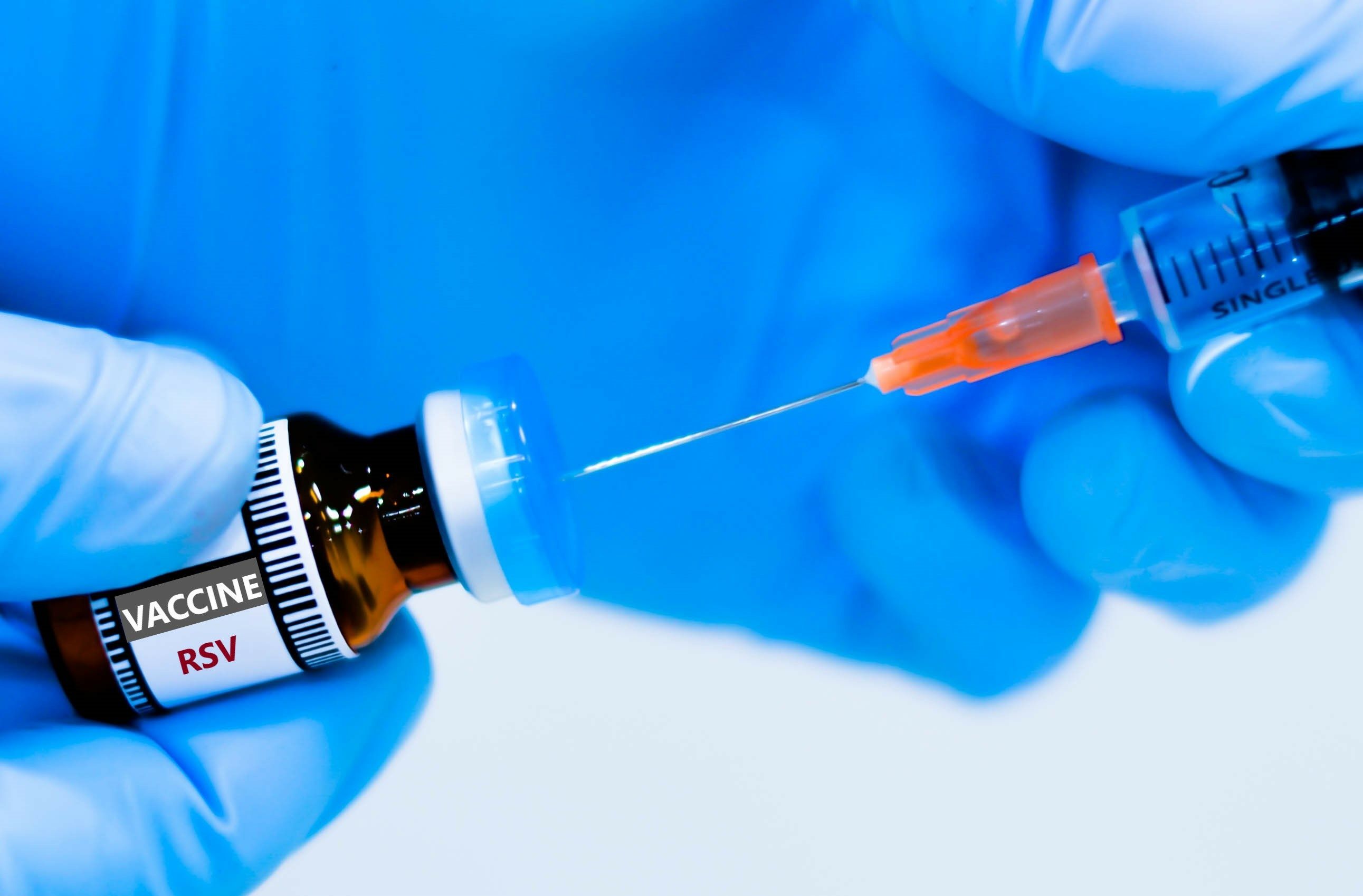News
Article
FDA Experts Review Data, Regulatory Insights for New Metastatic Breast Cancer Treatments
Author(s):
Trastuzumab deruxtecan and elacestrant both represent important new treatment options for subgroups of patients with breast cancer.
FDA experts presented data and regulatory insights on key new treatments for metastatic breast cancer in a session at the 2023 San Antonio Breast Cancer Symposium, taking place from December 5 through 9 in Texas. The 2 drugs were trastuzumab deruxtecan (T-DXd, Enhertu; Daiichi-Sankyo and AstraZeneca) and elacestrant (Orserdu; Menarini Group).
T-DXd is an anti-human epidermal growth factor receptor 2 (HER2) monoclonal antibody linked to a topoisomerase I inhibitor payload. It has prior FDA approvals for metastatic HER2-positive breast cancer, metastatic HER2-positive gastric or gastroesophageal (GEJ) adenocarcinoma, and metastatic non–small cell lung cancer with activating HER2 mutations. Its newest indication, and the one discussed in the presentation, is for adults with unresectable or metastatic HER2-low breast cancer who have received a prior chemotherapy in the metastatic setting or developed disease recurrence during or within 6 months of completing adjuvant chemotherapy.
Its newest indication, and the one discussed in the presentation, is for adults with unresectable or metastatic HER2-low breast cancer who have received a prior chemotherapy in the metastatic setting or developed disease recurrence during or within 6 months of completing adjuvant chemotherapy. Image Credit: Anastasiia - stock.adobe.com

The approved dose is 5.4 mg/kg intravenously every 3 weeks. Presenter Preeti Narayan, MD, noted that all other indications have this same dose except for the gastric GEJ indication, which is approved at a 6.4 mg/kg dose.
The DESTINY-Breast04 trial provided the key data necessary for its newest indication. Narayan noted that 88% of enrolled patients had hormone receptor (HR)-positive tumors. Participants were randomly assigned 2:1 to either T-DXd or physician’s choice and were stratified based on HER2 status, 1 vs 2 prior lines of chemotherapy, and HR-positive status.
The median progression-free survival (PFS) was 10.1 months in the T-DXd HR+ cohort, compared with 5.4 months in the HR+ physician’s choice cohort. Similarly, in the intent-to-treat (ITT) population (including both HR-positive and HR-negative), median PFS was 9.9 months in the T-DXd arm and 5.1 months in the physician’s choice arm. Overall survival (OS) data also supported T-DXd, with 23.9 months in the HR-positive T-DXd cohort vs 17.5 months in the physician’s choice arm.
In the subgroup analysis, Narayan pointed out that those with triple-negative breast cancer (TNBC) were a small sample size of just 63 patients, 42 of whom were in the T-DXd arm. An exploratory analysis of PFS and OS in this group showed results were consistent with the HR-positive and ITT populations, with a median PFS of 8.5 months and 2.9 months in the T-DXd and physician’s choice arms, respectively.
“Similarly, an exploratory analysis in the population of tumors that experienced rapid progression during or within 6 months of neoadjuvant or adjuvant therapy showed benefit consistent with the overall study results,” Narayan said. “Therefore, it was reasonable to include these populations in the indication.”
No new safety signals were noted beyond those known for T-DXd, and serious adverse effects (AEs) in >1% of patients receiving T-DXd were interstitial lung disease (ILD)/pneumonitis, pneumonia, dyspnea, musculoskeletal pain, sepsis, anemia, febrile neutropenia, hypercalcemia, nausea, pyrexia, and vomiting. Fatalities due to AEs occurred in 4% of patients.
During the discussion portion, one clinician asked whether mental fog was seen in the trial and noted that her patients have reported this symptom. Narayan said this was not a major AE observed in the DESTINY-Breast04 trial but emphasized that post-marketing data is always important and ongoing.
Narayan paid particular attention to ILD and pneumonitis, which occurred in 14% of those receiving T-DXd vs 0.6% of those in the physician’s choice arm. Left ventricular dysfunction also remains a warning label and precaution and occurred in 5% and 0% of patients, respectively.
When FDA officials were evaluating these findings, Narayan said key considerations were that the trial met the primary PFS endpoint in the HR-positive population, as well as its key secondary endpoints with PFS in the ITT population, OS in the HR-positive subgroup, and OS in the ITT population. No new safety signals were observed in the HER2-low population, and the benefit-risk assessment in exploratory subgroups was favorable and included in the indication.
“This approval for T-DXd for HER2-low unresectable or metastatic breast cancer on August 5, 2022, represented the first FDA-approved treatment option specifically for this newly-defined subset of low protein expression, previously considered HER2-negative,” Narayn said during the session. “Given significant PFS benefits…this indication was granted regular approval for adults with HER2-low unresectable or metastatic breast cancer.”
In a second presentation, FDA expert Mirat Shah, MD, discussed the EMERALD trial and resulting approval of elacestrant for postmenopausal women and men with estrogen receptor (ER)-positive, HER2-negative, ESR1-mutated advanced or metastatic breast cancer with disease progression following at least 1 line of endocrine therapy. Notably, Shah emphasized that this approval is specifically for those with ESR1 mutations.
“Just an additional note that tumor mutations and ESR1 are a common cause of acquired resistance to endocrine treatments,” Shah said.
The primary endpoint of the EMERALD trial was PFS, with secondary endpoints of OS in the ESR1-mutated and ITT populations.
Investigators found a PFS of 2.8 months in the ITT elacestrant group vs 1.9 months in the standard of care (SOC) arm. In the ESR1-mutation arm, median PFS was 3.8 months with elacestrant vs 1.9 months with SOC. Finally, in the population with no detected ESR1 mutations, median PFS was 1.9 months with elacestrant vs 2 months with SOC. Shah acknowledged that the PFS was short in all groups but said this was still significant due to the trial’s replacement or head-to-head design.
“In this type of trial design, even a relatively moderate improvement in an efficacy endpoint like PFS can still support an approval because this improvement with the investigational agent—while it might be modest—is in addition to the known benefit of the active standard therapy.”
She added that these primary PFS results as well as the additional results with sensitivity analyses ultimately led the FDA to conclude that the PFS improvement in the entire trial population was primarily attributable to those with ESR1 mutations, leading to this specificity in the final indication. The safety profile was also justifiable in those with ESR1 mutations due to the suggested clinical benefit, although this was not true in those with no detected ESR1 mutations.
“So, in conclusion, elacestrant received traditional approval for the treatment of patients with ER-positive, HER2-negative, ESR1-mutated advanced or metastatic breast cancer,” Shah said. “This indication was restricted to the ESR1-mutated subgroup due to differential benefit risk in patients with and without detectable ESR1-mutations.”
Reference
Narayn P, Shah M. Special Session 1: New Drug Approvals for Metastatic Breast Cancer. Presented at: San Antonio Breast Cancer Symposium. December 5-9, 2023.
















